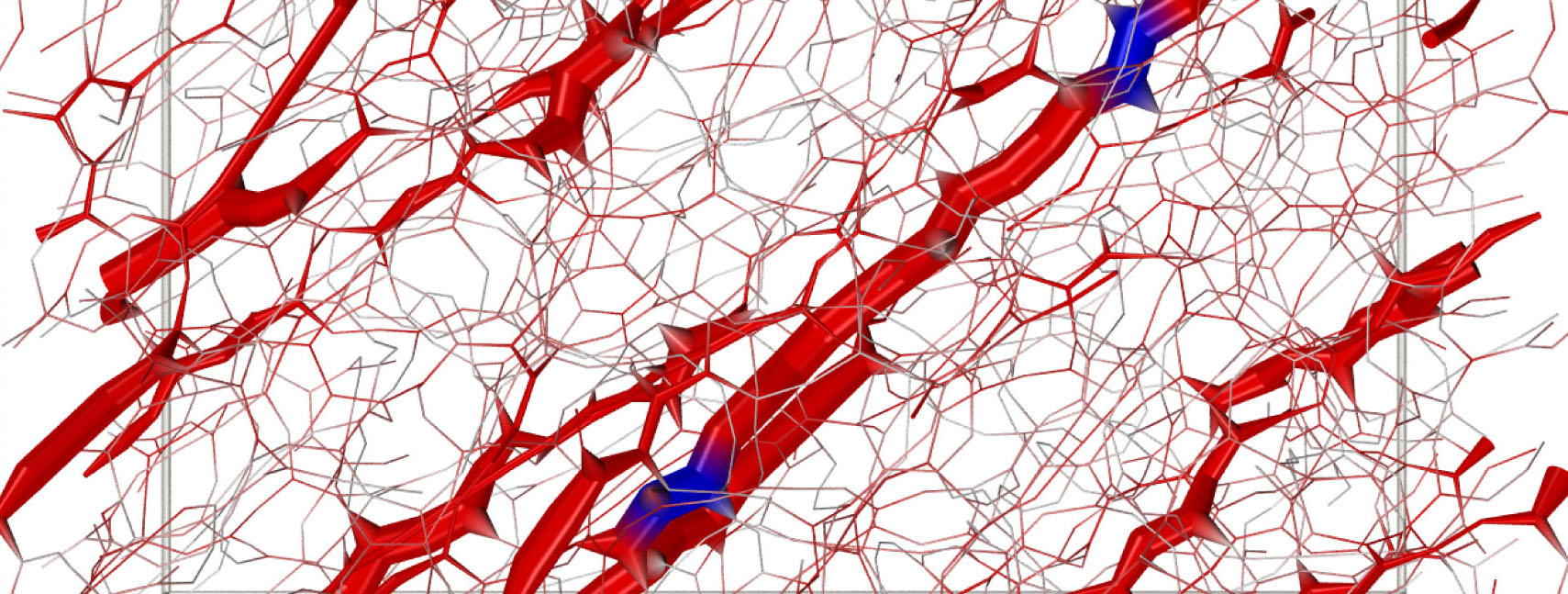Multi-component gels

We collaborated with Claudia Ferreiro-Cordova, Giuseppe Foffi and Mehdi Bouzid to study to study multi-component colloidal gels interacting sterically and obtained by arrested phase separation. Under deformation, we found that the interplay between the different intertwined networks is key. If interactions are purely steric, increasing the number of components leads to softer solids that can accommodate progressively larger strains before yielding.
Our work shows how in multi-component gels each species has thinner strands resulting in a decrease of the shear modulus and an extended linear response regime. These softer structures are better at self-reorganising and self-healing, accommodating larger deformations. This happens through large non-affine deformations originating from steric interactions that prevent a local compactification of the structure. The combination of this collective reorganization of the arrested structures and the interspecies interactions can lead to new mechanical properties.
Read our paper on Soft Matter:
Multi-component colloidal gels: interplay between structure and mechanical properties
